
Oh hi. Again I feel that apologies are in order, for my delay in posting. But seriously: today is the first day I could attempt to write this post for you.
On account of, my aforementioned computer problems -- which were already verging on dire -- escalated in recent days to the equivalent of a four-alarm fire consuming the house next door, with a stiff wind blowing from that direction.
I'll be honest: I am not tech-savvy enough to know whether my computer problem could have been solved in any other way besides the way we chose to deal with it.
My needs are simple: I just want it to work. And by that I mean, work in such a way that I don't have to think about it.
So I bought a new latest-model MacBook Pro.
 click to embiggen
click to embiggen
I'm not bragging here; it's merely a tool and not a status symbol. In my world, a good computer is essential. And it was time. TG bought me my first MBP in July of 2012.
When it began slowing to near-unbearable levels approximately eighteen months ago, I limped along for a while, dreading the inevitable.
Then last July, I took it in for an assessment. It's too old, the techs told me, to do the things you're asking it to do. And there's nothing that can be done about it. Buy a new one.
But I balked. It wasn't just the expense; it was the principle. I was only asking the machine -- which I babied -- to do the things a computer is made and designed to do.
Nothing exotic, I can assure you.
But whatever. I suppose my device was rather long in the tooth. One must be realistic. In the computer world, seven years is a century. I may as well have been chiseling blog posts in stone.
Moving on. I have a new computer now. And all is well -- well. Wait. After a disturbing hiccup on DAY ONE, all is, I assume, actually well.
Let me unpack it for you.

After a bad day with my computer on Monday, and again on Tuesday -- to the point that my frustration level was fixing to go off the charts, TG told me on Tuesday night, go tomorrow and get what you need.
Magic words. So I did as instructed, and by two o'clock -- having done all of the necessary research online (using my phone) -- I was back home with my new whiz-bang MacBook Pro.
I unboxed it, followed the prompts to set it up, and everything was peachy and I was basking in the glow of the experience of having a new computer with the latest of everything.
Smooth and intuitive, just the way I like it. Shiny and fast, like a sports car. Very cool.
Then the screen went black.
For no reason and with no warning. And I had been in the middle of editing a photo.
The machine had indicated that it came out of the box fully charged. But just in case it was confused, I hooked it up to the power source.
It then indicated that the battery percentage was in fact zero. Mmmmmkay. That would explain a black screen, all right.

Five or six minutes later, the screen having reappeared as abruptly as it had taken its bad self away, the battery percentage again read one hundred percent. Happy happy happy.
So I unplugged the power cord and continued working.
Twenty minutes after that, the screen went black again. After a contemplative interlude on my part, during which I stared in unbelieving dismay at the blackness of the screen on my brand new laptop, it woke itself up and once again gave me my screen back.
I called the store where less than three hours before, I'd bought my new MacBook Pro with touch bar and generation eight Intel core.
Sounds like you got a bad one, the person on the other end of the line said with what can only be described as a studied nonchalance. How 'bout you bring it back and we'll switch it out for another one.
? ? ? ? ?
Mmmmmkay. I refreshed me red pirate lippy and marched back over there in the sweltering ninety-eight-degree early October afternoon.
I relayed to the person behind the counter in the computer department how I'd been told on the phone that I'd inadvertently purchased a "bad Apple."
Haaaahaha. Oopsie! So very amusing.

I didn't even know you sold bad ones, I said. And for the same price as good ones!
(Yes; I said it quasi-sarcastically. Sue me or, in the alternative, step off.)
Well, not intentionally, the worker amended with a slightly defensive air and the identical brand of studied nonchalance I'd encountered in her colleague on the phone a half hour earlier. She had something metal protruding from her left nostril so I did not argue.
(People: they don't care. Best Buy doesn’t care. Apple Computer doesn't care. Silicon Valley doesn’t care. Just open your wallet, pull out the card, and refrain from sniveling. There's a good little consumer.)
Turns out that the box I'd been handed by a courteous young male employee earlier that day, contained a computer with a bad battery.
It must've fallen through a crack in Apple's quality control, is how it was explained away to me.
? ? ? ? ?
All I can say is that I'm glad the problem manifested itself immediately rather than later, when returning the defective machine for one with a good battery may have presented more of a problem.
I shudder to think.

And that brings me to our trip -- a story that I am now able to tell you.
On the day we departed, we were on the road before ten in the morning. We drove about nine hours, to Indianapolis, Indiana. The trip was uneventful.
After a relatively restful night, we checked out of our hotel and entered the late-late-summer atmosphere of the Hoosier state's capital city.
Little-known fact: I was born, not in the South like both of my parents, but in Indiana -- Kokomo (because my USAF pilot father was stationed there at the time of my miraculous appearance) -- but if I'd ever been to Indianapolis before a few weeks ago, I do not remember it.
It's pretty great. Everyone should visit at least once.
When we take a long trip, my primary goal is to visit cities that are new to me, and in those cities, to see and photograph as many historic cemeteries as possible.

Thus, on the way to Chicago in August of 2018, we stopped for the night in Louisville, Kentucky, so that I could walk Cave Hill Cemetery in that city. Eastern Cemetery -- a most poignant place -- was thrown in as a bonus.
Once in our destination city of Chicago last summer, we did a half-day of graving at Graceland Cemetery -- that's one I wish you all could see, in person -- just a few miles north of Wrigley Field.
When we traveled to Baltimore for my birthday last March, we broke our journey in Richmond, Virginia, so that I could see Hollywood Cemetery, perched scenically along the James River. I'd wanted to walk that cemetery for years.
I realize now that, due to the awful performance of my old computer, I have never showed you most of those pictures (editing photos had become a grueling chore).
We'll get caught up; I promise.
But en route to the Windy City this year, I wanted to see Crown Hill Cemetery in Indianapolis. It is the third-largest cemetery in America that is not government owned.
There are over two hundred thousand interments, including the resting place of Depression-era criminal John Dillinger, who was gunned down by the law in Chicago in July of 1934, when he was only thirty-one years old.

Another visitor to Dillinger's grave that day told us that his tombstone is the third one placed since Mr. Dillinger's death. Do you see the pieces hacked off the sides of the granite stone? That's what people do. Eventually the stone has to be replaced because there's not much left of it.
(Not to seem sanctimonious and I hope you don't take it that way, but I do not touch tombstones or grave monuments of any kind, in any way. Never ever. The pictures I show you are of these things exactly as I find them.)
That's not to say that I've never taken anything out of a cemetery; I have.
But I digress.

Also, Richard Gatling, inventor of the Gatling gun, is buried at Crown Hill. It's a beautiful place.
We arrived at the soaring gothic gates of Crown Hill Cemetery early on that morning, even before breakfast (and before too much in the way of heat and humidity).
I knew we'd be able to visit a second time later in the week, because we'd arranged to spend the night in Indianapolis again on our way home. So I wandered with my camera, enjoying the weather and the sights.

Crown Hill actually has an area called the Crown Hill, featuring swankier graves -- such as the Greek-temple style tomb (not pictured above) of James Whitcomb Riley, the "Hoosier Poet", who wrote the poem Little Orphant Annie upon which the famous cartoon character was later based -- and boasting a view of downtown Indianapolis.
And while I did not find Fame, I did locate Fortune.

Of the two, I'd definitely rather have fortune.
The fall season was only just beginning to show out in Indianapolis; I imagine that now, it's much more colorful. And cooler. I wish I were there to see and feel it.
I love it when stone figures seem to fuse with the scenery, as this one with leaves in her folded hands. No; I did not put the leaves there.

Every fall, in whatever cemetery I happen to be, I take the obligatory heart-wrenching close-up of fallen leaves on the pathway, with tombstones stacked in the distance.
I never get tired of that shot.

There is a grave marker similar to this one in Elmwood, the historic cemetery here in Columbia where TG and I own plots (one for him and one for me). This young man died at the age of twelve. According to Find A Grave, he perished of diphtheria.
The "steps" he's leaning on are likenesses of twelve stone books -- one for each year of his life. The spine of the bottom book is inscribed with the year 1877, the year he was born. The top book is inscribed with 1889, the year he died.
The book held in the hands is, in such cases, generally thought to be the Bible.

Another monument, in this case erected by a family in memory of several deceased children, was remarkable for the amount of time- and weather erosion the kneeling figure exhibits.
It appeared to be melting. And even in that condition, poised high on its ornate plinth, one could sense the pleading and the pain of the children's devastated parents, represented by that lonely angel.

And then there were the deer.
Deer -- and other wildlife, but mostly birds -- love living in large park-like cemeteries. I suppose it's the calm, the trees, the absence of human threat.
But I'm always surprised when I see deer. This was my first time to spot a stag. I'm glad I was using my long lens; he was at least thirty yards away.

After an hour or so spent strolling and shooting in the cemetery, we were ready for breakfast.
We went to Yolk City Way in downtown Indianapolis. Chad and Erica ate at a Yolk (it's a chain) in Chicago when they visited there over the Labor Day weekend, and she'd told me it was very good.
And it is. If you get an opportunity to eat breakfast at Yolk, don't pass it up.

Then I was ready to walk around some more -- this time in downtown Indianapolis. We were expected at a friend's house where we'd be staying a little over two hours' drive away, in Hammond, but not until later in the afternoon.
Plus, you gain an hour when you travel that far west.
First TG drove around for a while, until I was sure I wanted to get out and take pictures. It was overcast and even sprinkling at times, but that wasn't the only issue.
The main problem was a dearth of parking.
So TG let me out at Lucas Oil Stadium -- home of the Indianapolis Colts -- and went to find a spot, then came back and joined me.
Until that day, I was unaware of the existence of Lucas Oil Stadium -- where they play football games indoors (and if you've ever been to Indiana in the wintertime, you'd understand why) -- and barely aware of the Indianapolis Colts.
(Long ago I said no to football and yes to black lace.)

But I enjoy architecture and sports venues are interesting, and as the Colts were on the road that day, there was no traffic to contend with and -- this is the best part -- no people.
The horseshoe motif is everywhere in Indianapolis. Remember Crown Hill, in Crown Hill Cemetery? The tombstone of Robert Irsay -- longtime owner of the Colts -- is there, and guess what's engraved in stone upon it?
That horseshoe.
There's also a pretty impressive statue to Peyton Manning -- "The Sheriff" -- the Colts' famous quarterback, in front of the stadium..
I knew who Peyton Manning was but, until I saw the statue, would not have known which team he played for.

This will date me seriously but I know more about Peyton's father, Archie Manning, than about Peyton or his brothers.
When I briefly lived in Baton Rouge, Louisiana, with my family in the early 1970s, Ole Miss was in the grip of Archie fever. I remember hearing the chant of Archie who, Archie who drifting through the night air when LSU played Ole Miss at Tiger Stadium, loudly enough that it was audible at our house if we stepped out onto the porch.
Anyway.
I didn't get a picture of this but as we walked around outside Lucas Oil Stadium, someone, somewhere, was operating a drone in the area. That in itself is no big deal, but they were making it swoop and dive a lot lower than made me comfortable.
I mean, what if someone came up behind the person holding the remote control, and tickled them? That drone could hit an innocent lady out on the street. Like me. With not-so-favorable results.
But that did not happen.

As I walked around the statue honoring Peyton Manning, admiring it and photographing it from many different angles, I thought about something I heard when I watched a TV movie about the Joe Paterno scandal.
When Joe Pa's statue and monument was being torn down and removed from the campus of Penn State University in 2012, some wise person opined that we should never erect statues to living people.
I hope Peyton Manning is never found to have done something -- like, eaten at Chick-fil-A or voted for the "wrong" presidential candidate -- oh wait! He's an establishment Republican, so he's okay -- so heinous that his statue is made to disappear.
Because it's nice.

Nunber Eighteen: Always a Colt.
Here's an interesting shot with the Perry K Generating Station visible in the distance.
The smokestacks are painted Colts colors.

I had to get away from that still-buzzing, still-swooping drone at that point, so I told TG I was going to walk in the direction of a building I'd seen, that I wanted to get a picture of to show you.
He said OK and trotted off to retrieve the car, and said he'd meet me there. It was just down the street.
This was it:

I know; right?
More Rolls-Royce products are made in Indianapolis than anywhere else in the world.
We're not talking about the luxury automobiles, though; those are made in England. It's more their fabled aircraft engines.
According to the Rolls-Royce web site: Approximately 4,000 employees work in Indianapolis in manufacturing, assembly, test, engineering and a variety of staff support roles.
This building is known as the Rolls-Royce Meridian Center. It's mostly offices, and the building is newer than it looks. I think it was designed to resemble a 1930s art-deco style edifice.
I like it.

Then we walked some more and I saw the butterfly wall, which I showed you last week with me in the picture.
Just past the wall was an underpass -- you can see it at the bottom left of the photo -- and beneath it were many homeless people. Indianapolis is very clean and tidy, and the folks appeared to be trying to hold everything together. I hope they find better shelter before the snow flies.
Around the corner from the butterfly wall was another butterfly wall.

Such beauty and talent.
These butterflies were painted on the outside walls of a CVS drugstore.
So special.
In due time we boarded our vehicle once again and headed for Hammond, in extreme Northwest Indiana, where TG and I met.
I think you'll like what I share with you next. It will be early in the new week.
And that is all for now.
=0=0=0=
Happy Friday :: Happy Weekend

 Tuesday, October 29, 2019 at 09:44AM
Tuesday, October 29, 2019 at 09:44AM  Karen and me
Karen and me
 Jennifer |
Jennifer |  5 Comments |
5 Comments | 

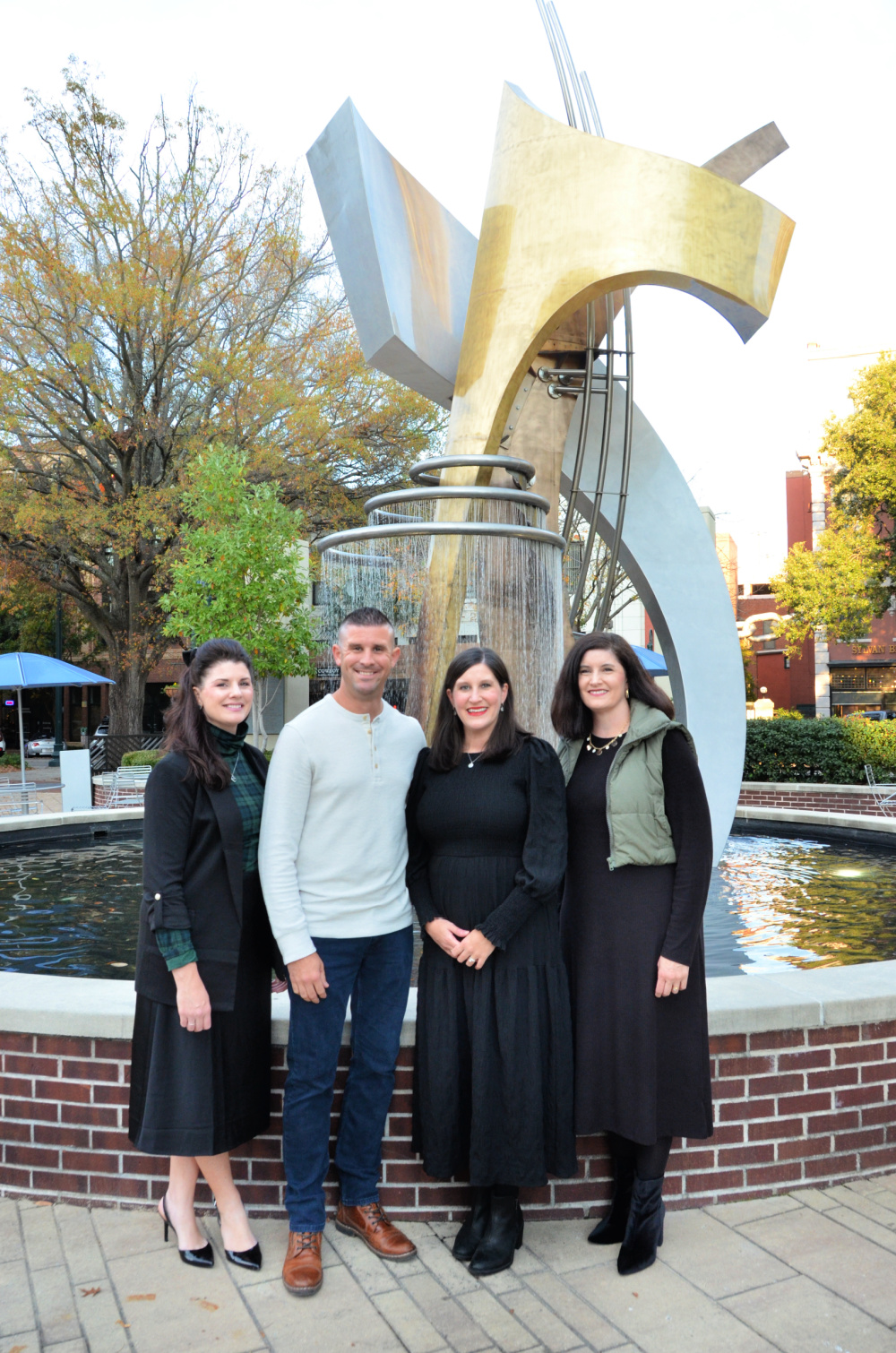
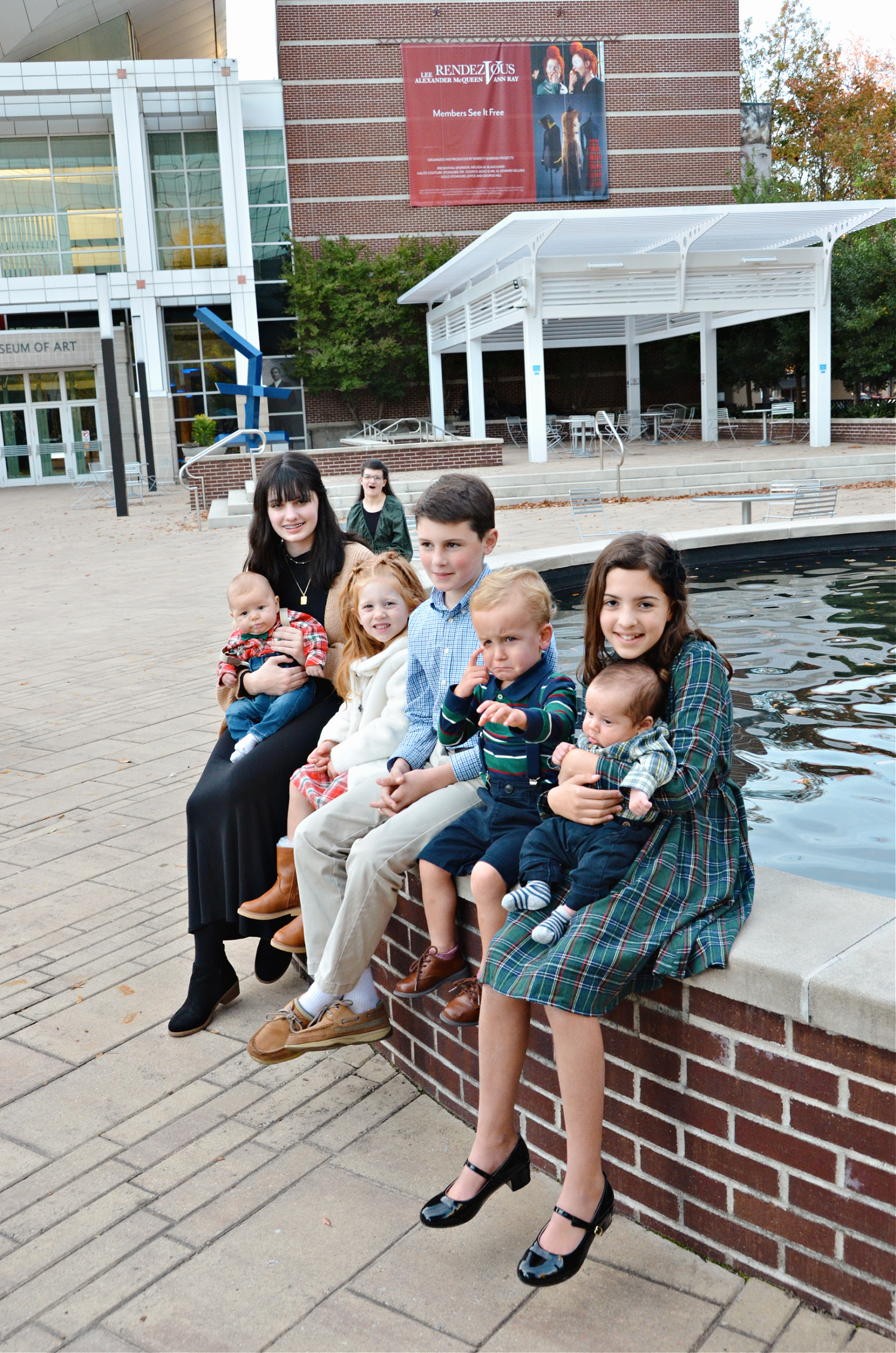
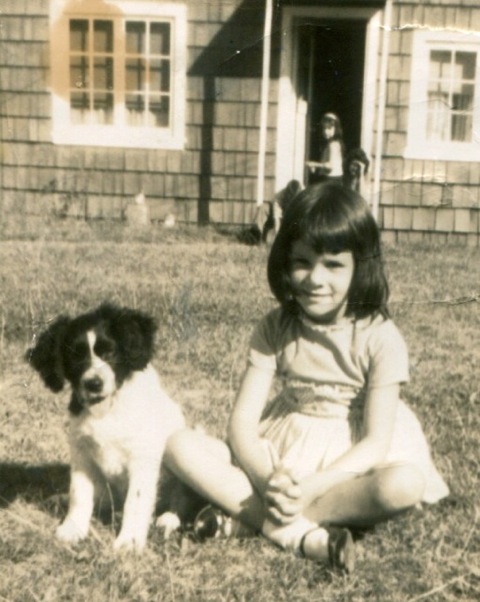


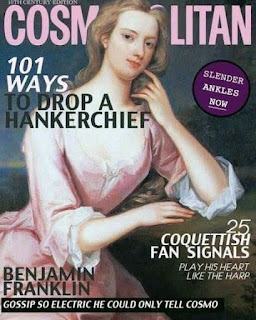









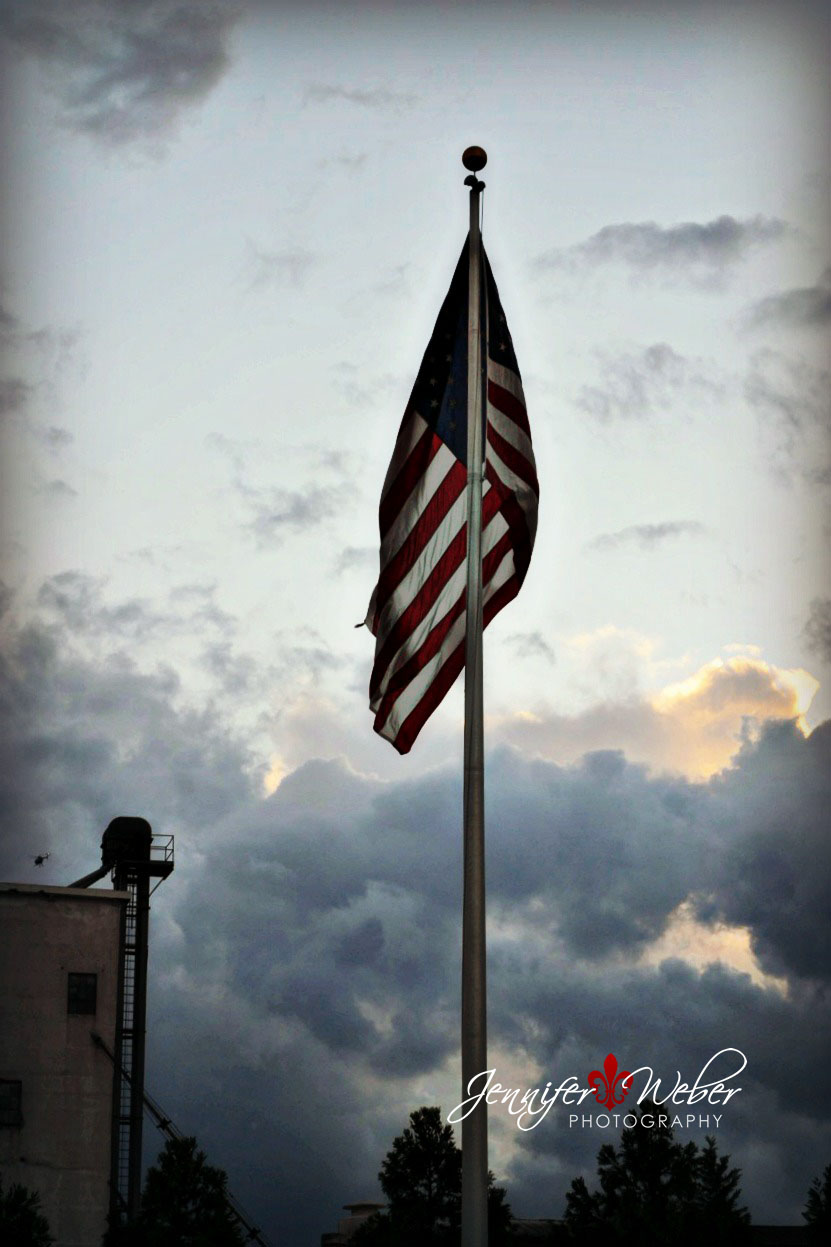
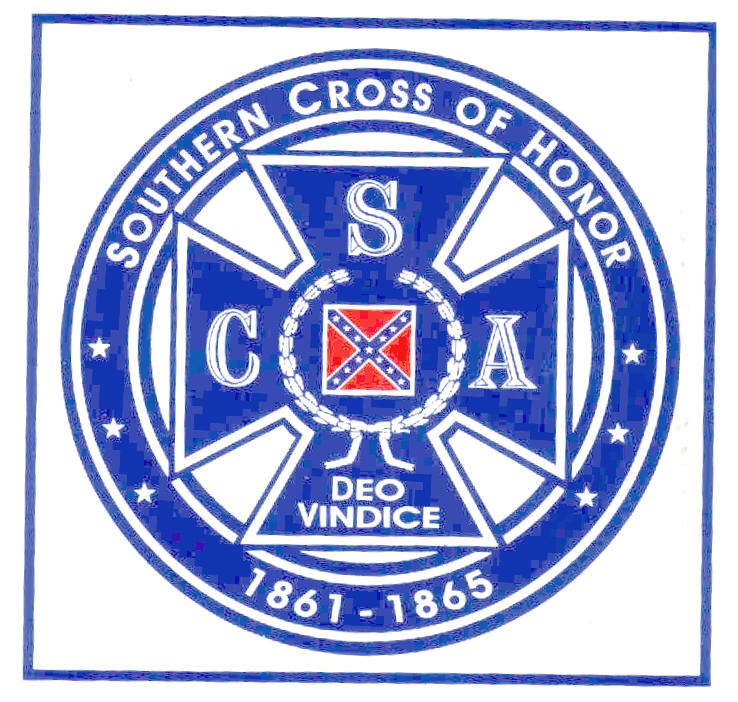



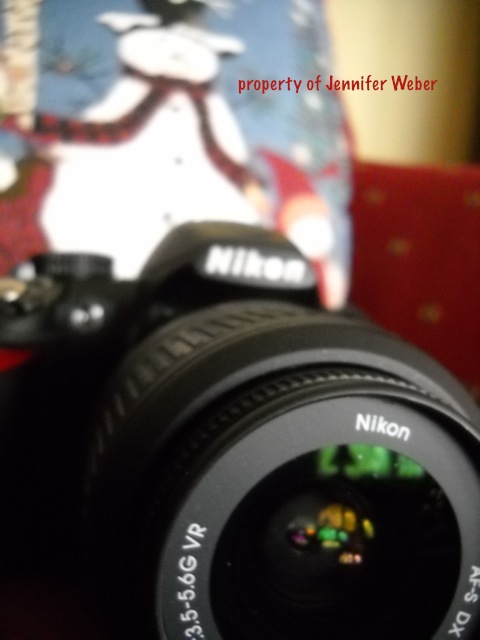
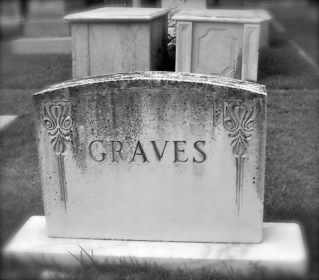
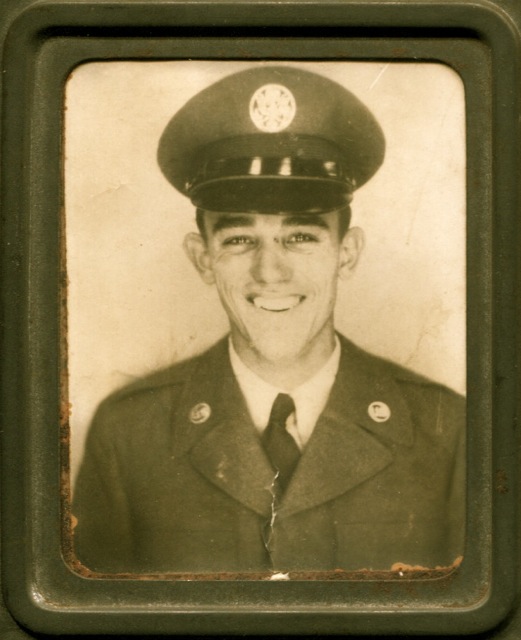
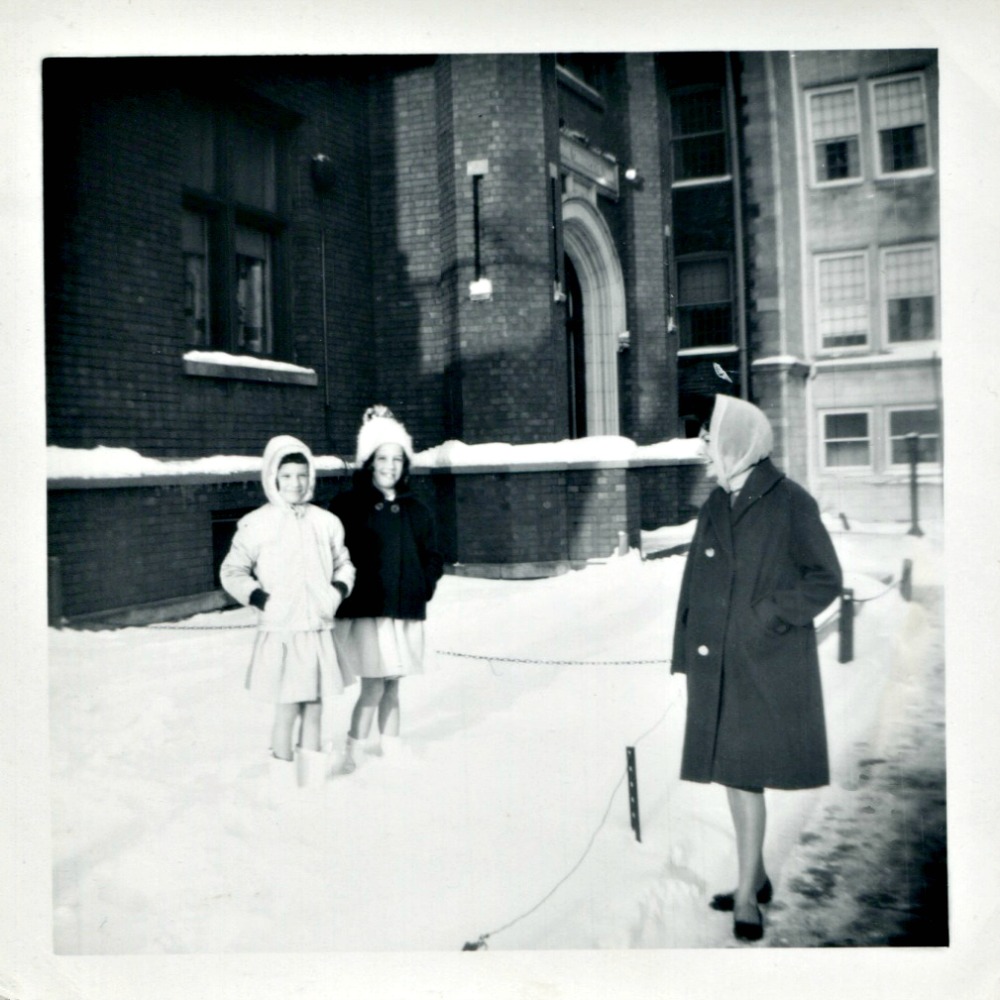
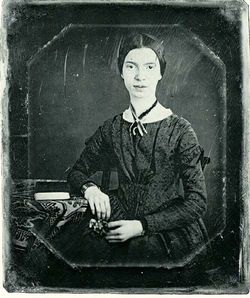
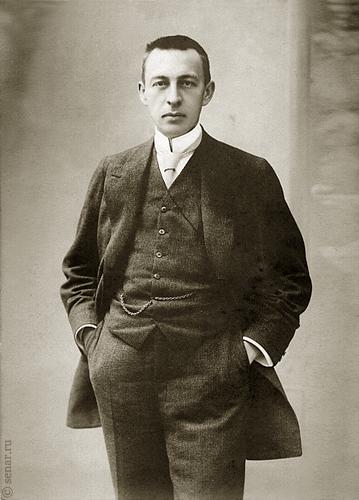
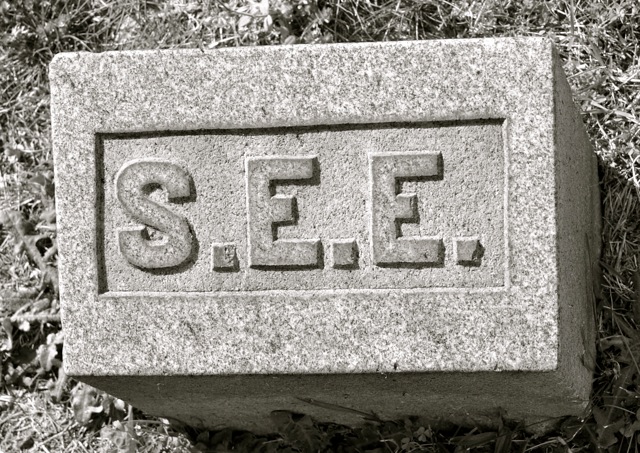
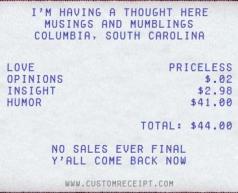
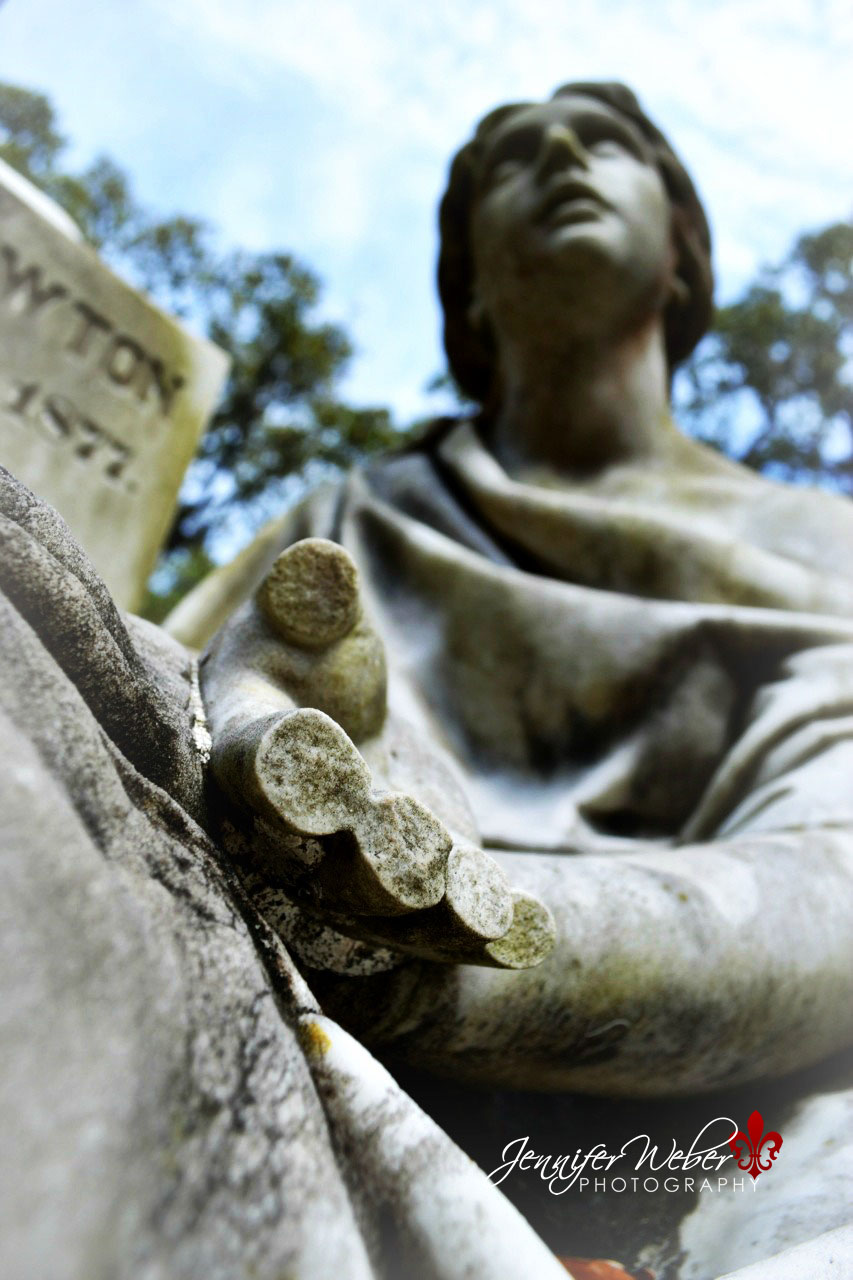
































































![Hold Back the Dawn [DVD] Charles Boyer; Olivia de Havilland; Paulette Goddard](http://ecx.images-amazon.com/images/I/41AkExBJQsL._SL75_.jpg)
































































































